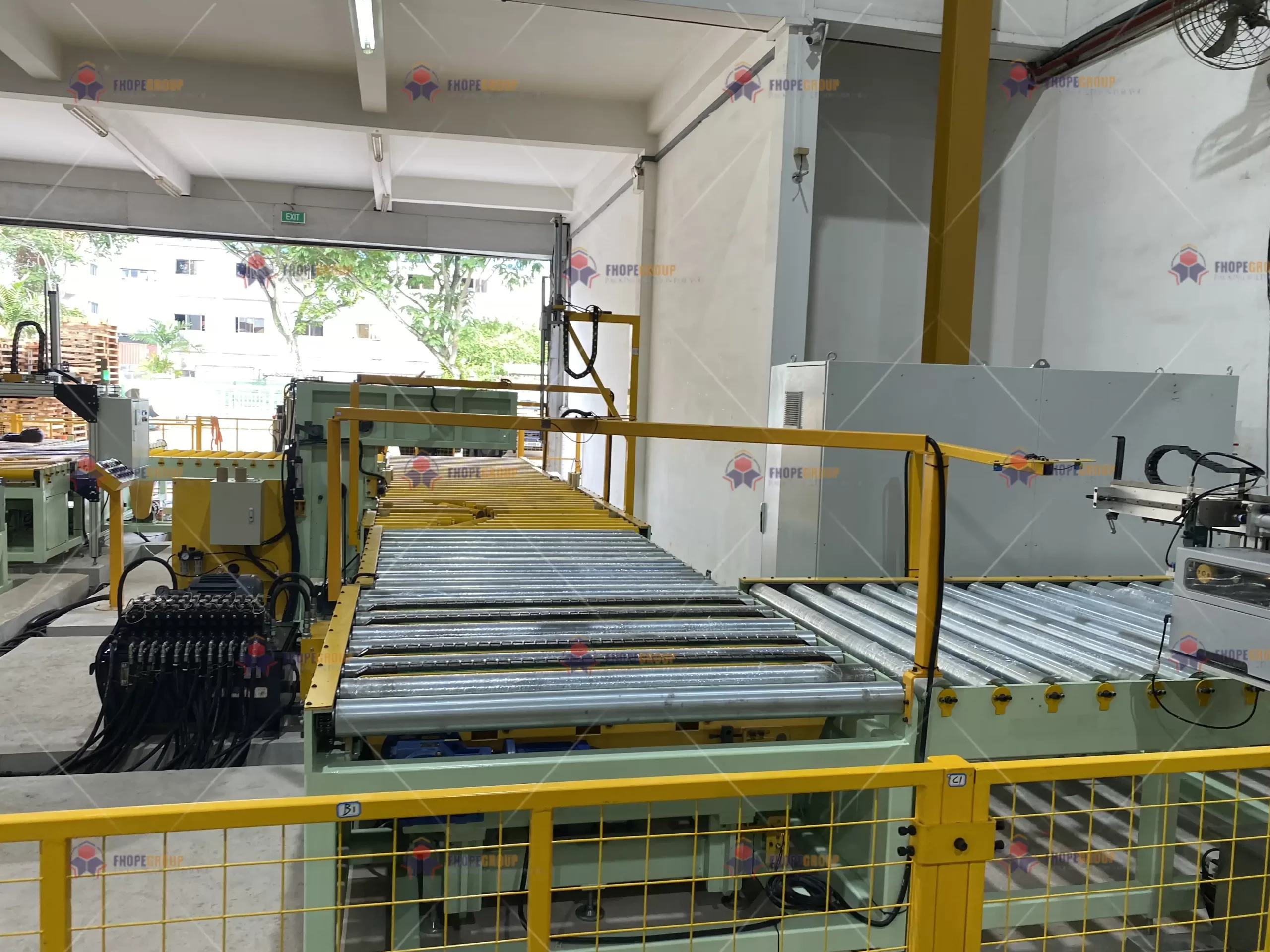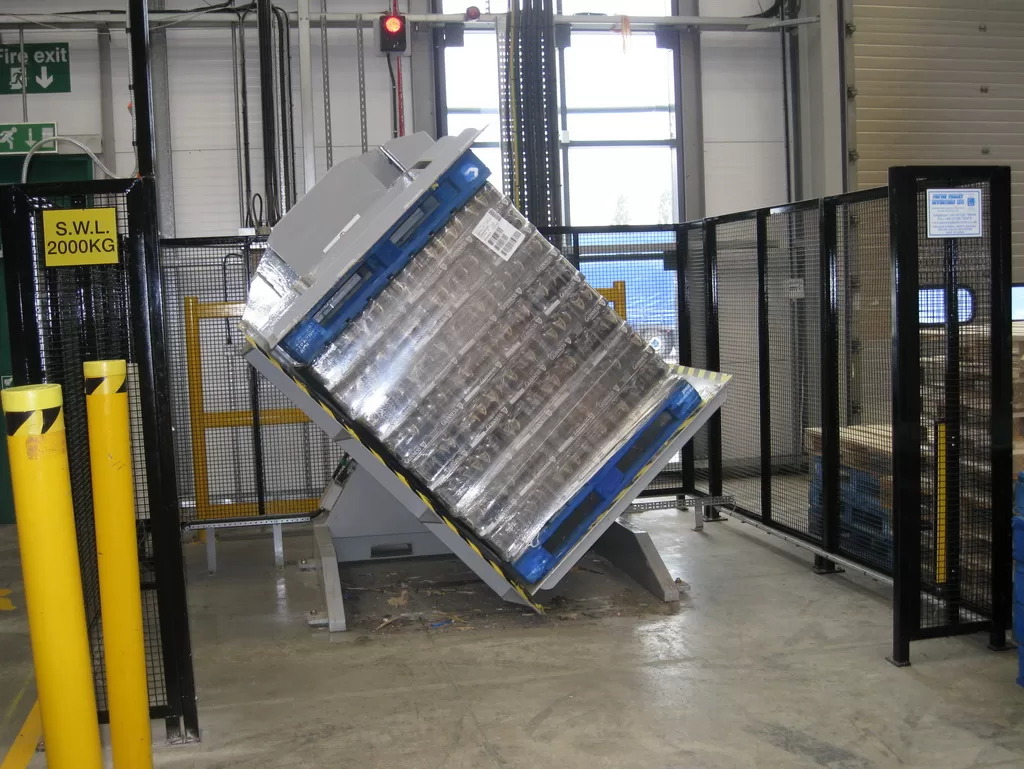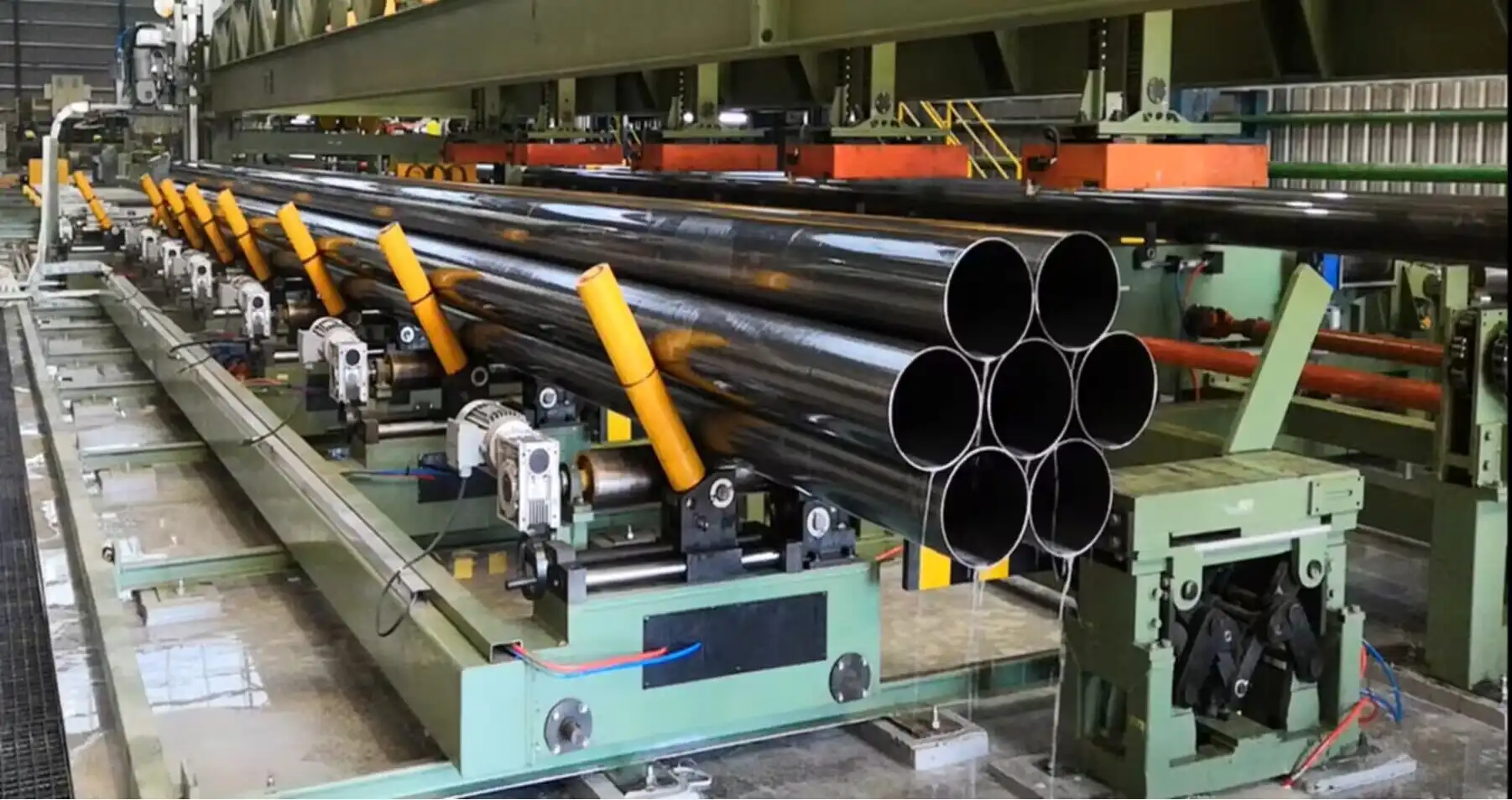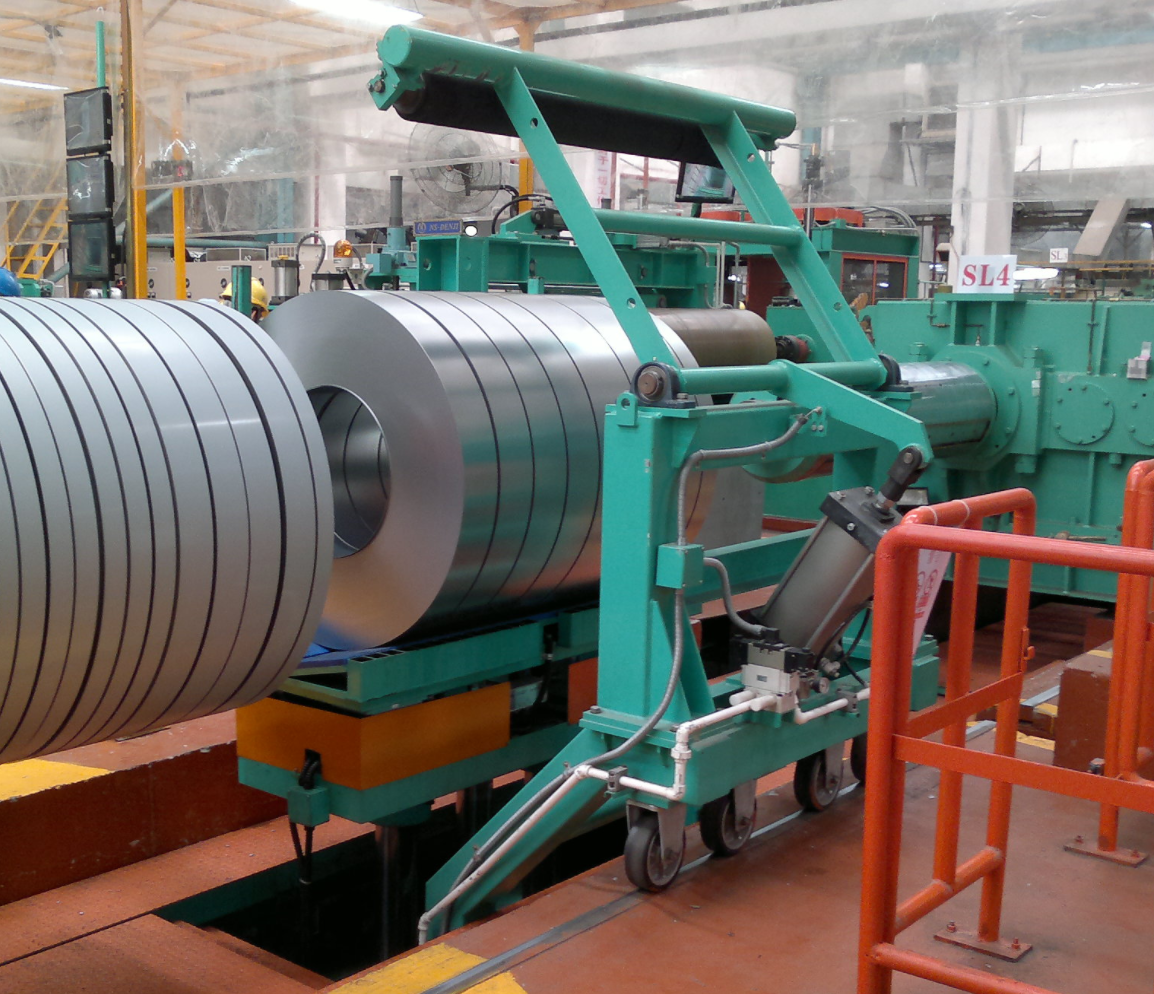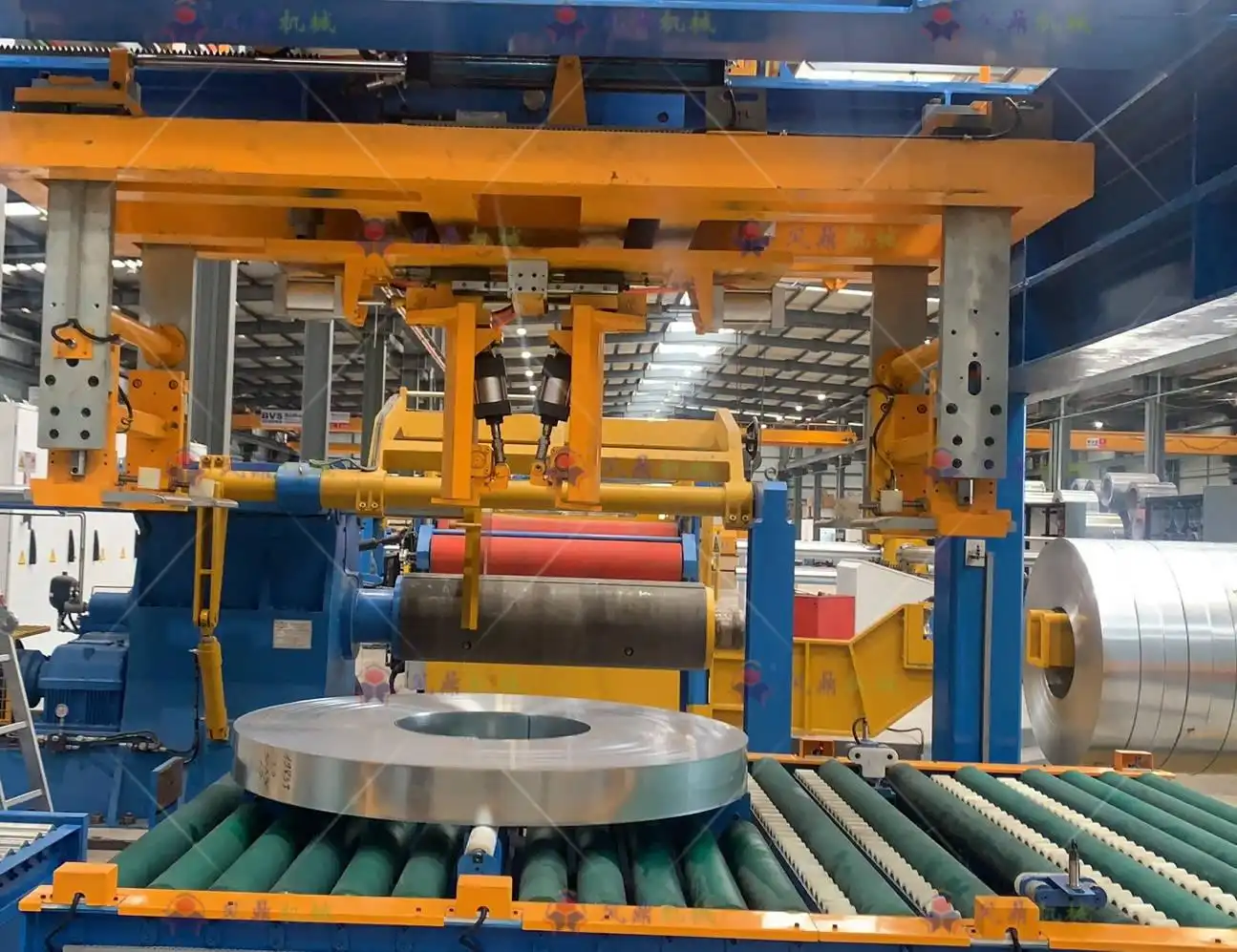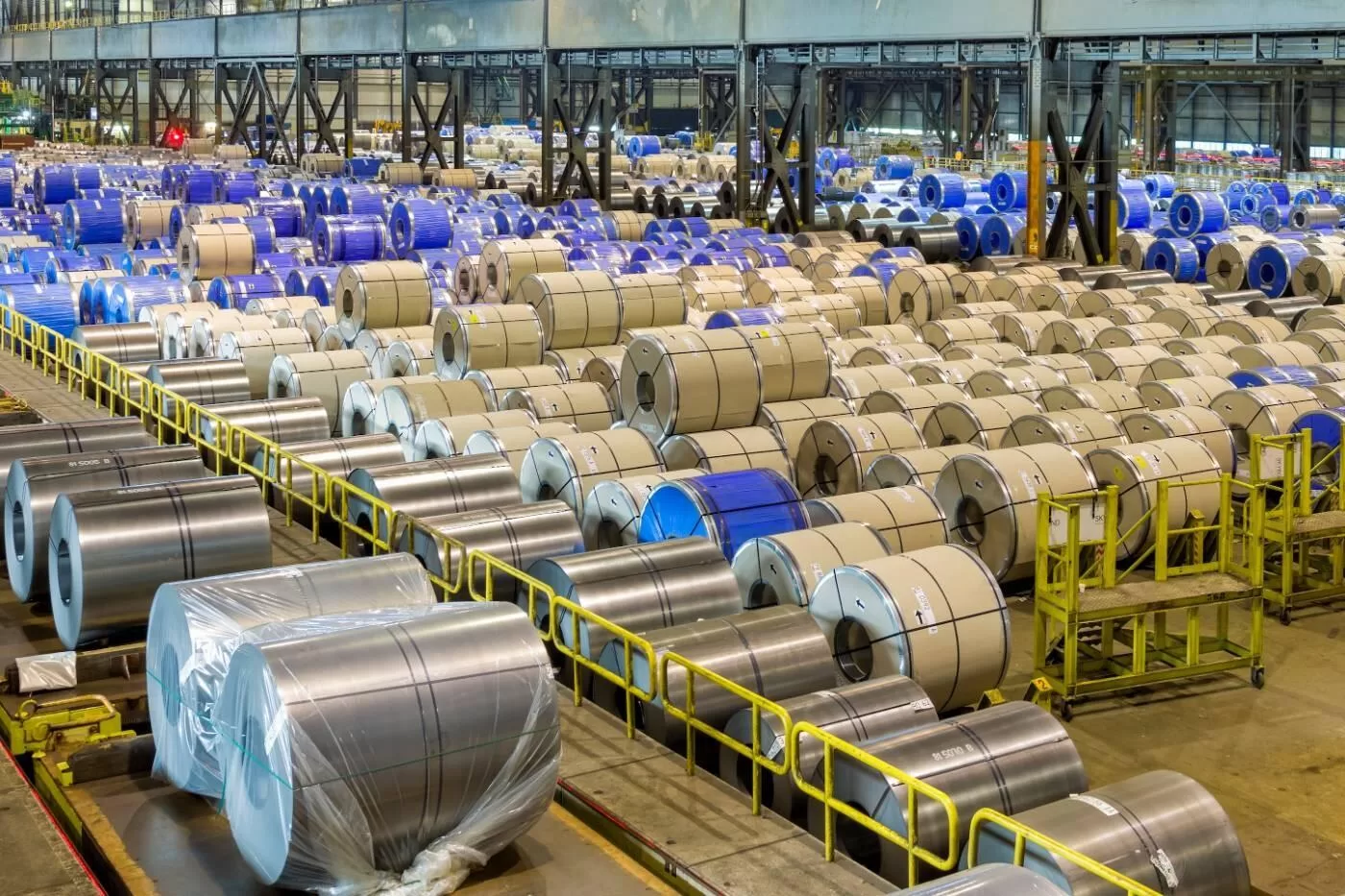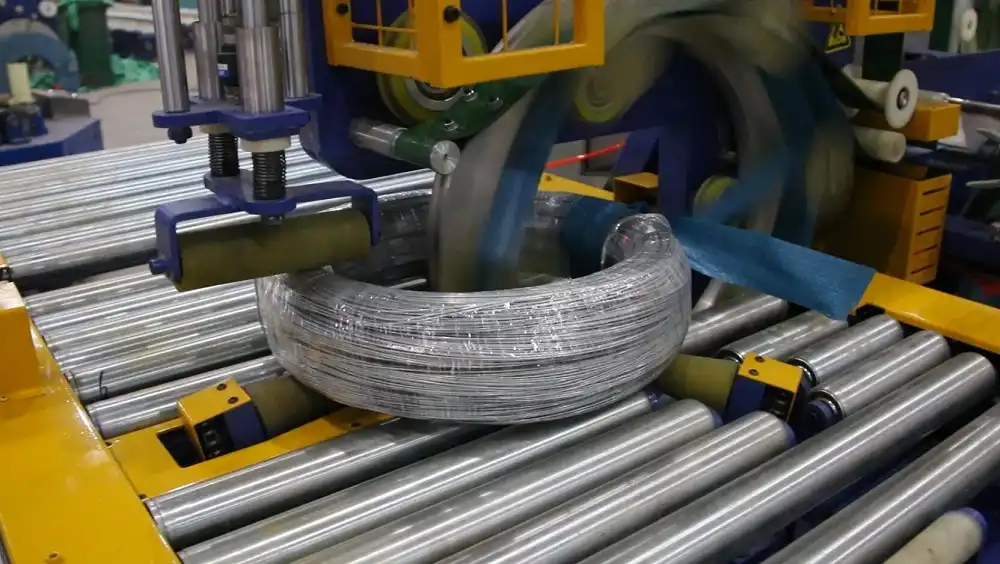Bracing for unexpected labor costs has become a crucial issue in modern manufacturing settings. The desire to minimize these costs while enhancing productivity is more pertinent than ever. At FHOPEPACK, we understand the delicate balance between investments in automation and keeping operating costs down. Steel coil upenders play a vital role in this equation.
Steel coil upenders significantly mitigate labor costs in manufacturing by automating the repositioning of heavy steel coils. This minimizes manual handling, reducing the need for numerous workers and lowering the risk of costly workplace injuries. Upenders streamline coil processing and handling, leading to increased operational efficiency and reduced expenditures on labor, overtime, and potential compensation claims.
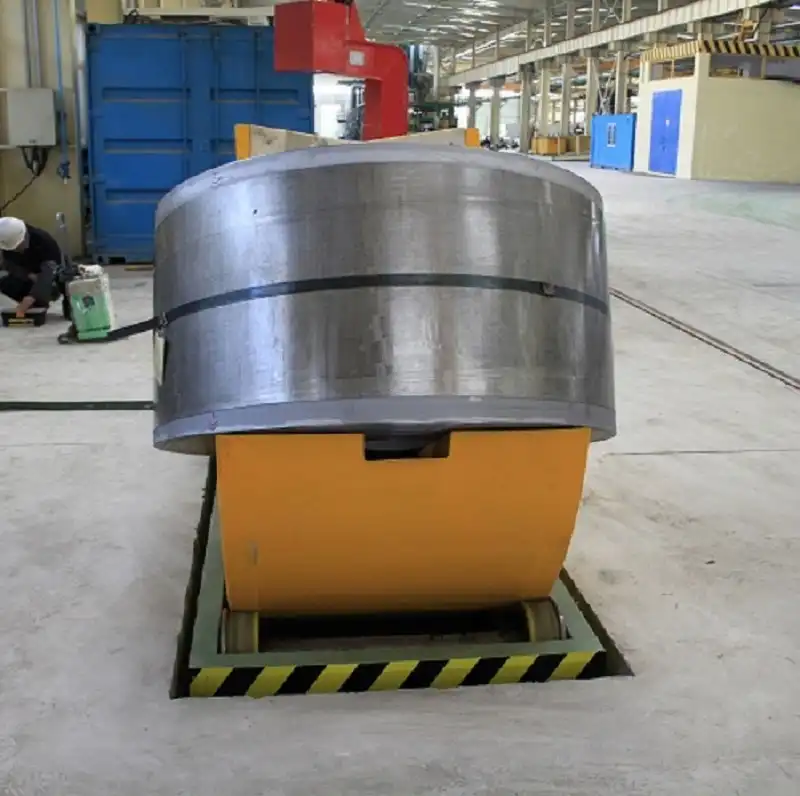
Transitioning to automated systems like steel coil upenders is not only about cost reduction. It’s also about improving consistency and workflow. Tailoring automation solutions requires understanding specific operations and the challenges that come with them. As David eyes new technologies to enhance his company’s processes, it’s crucial to consider how a coil upender can boost overall efficiency.
1. How do steel coil upenders function?
Understanding the fear of injury and production halts due to manual handling is essential. Steel coil upenders demonstrate a robust solution by offering not only safety but also efficiency. At FHOPEPACK, we emphasize the significance of automated equipment in relieving the burden of manual labor.
Steel coil upenders function by mechanically rotating coils from horizontal to vertical positions or vice versa. This mechanized process eliminates the need for manual lifting, leveraging hydraulic and motorized components to move coils effortlessly. By automating this task, upenders mitigate injury risks and expedite coil handling, making them indispensable assets in manufacturing environments seeking precision and safety in operations.
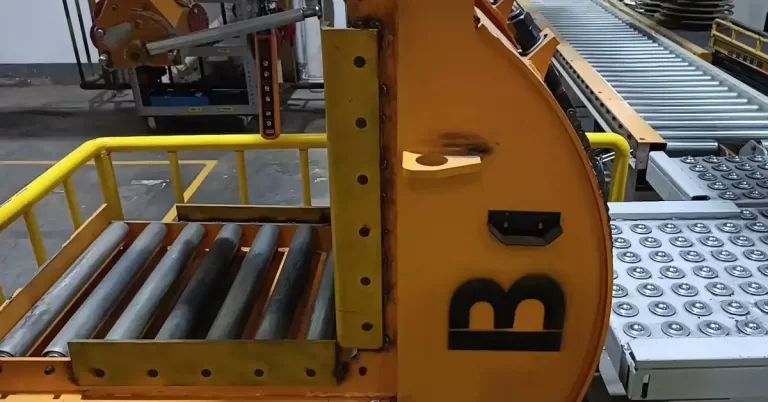
Understanding the Mechanisms Behind Steel Coil Upenders
Steel coil upenders are intricate machines designed to handle the weighty task of rotating bulky coils safely. Actions are driven by a system of hydraulics and robust motors engineered to withstand substantial weight. The decision to incorporate such automation into production can transform how a facility operates from both efficiency and safety perspectives.
| Mechanism Component | Functionality |
|---|---|
| Hydraulic System | Provides the power needed to rotate heavy coils without manual effort. |
| Motorized Rotator | Ensures smooth and controlled flipping of the coil, preventing any damage. |
| Safety Features | Includes lock systems to secure coils during rotation, reducing injury risk. |
This table highlights the core components that make up the upender’s system. In my four decades of engineering experience, I have witnessed how these machines reduce cycle time and enhance reliability. The strategic application of these devices in conjunction with other automation technologies can streamline operations substantially. David’s role often requires adopting innovative solutions to maximize productivity and minimize operational risks. By leveraging upenders, significant strides can be made in achieving streamlined, efficient manufacturing processes that stand up to modern-day challenges.
2. What labor costs are associated with traditional coil handling?
Traditional coil handling can be costly and labor-intensive. Workers often face significant physical strain due to the heavy lifting involved. This not only increases the risk of injury but also demands more staff to manage the workload efficiently. Such manual operations are time-consuming and can lead to increased labor expenses.
Traditional coil handling is costly due to manual labor requirements. Workers endure physical strain, increasing the risk of injury, and necessitating more personnel. This leads to extensive time use and higher labor expenses. Automation can mitigate these issues, offering a safer and more cost-effective solution for managing coils in industrial settings.
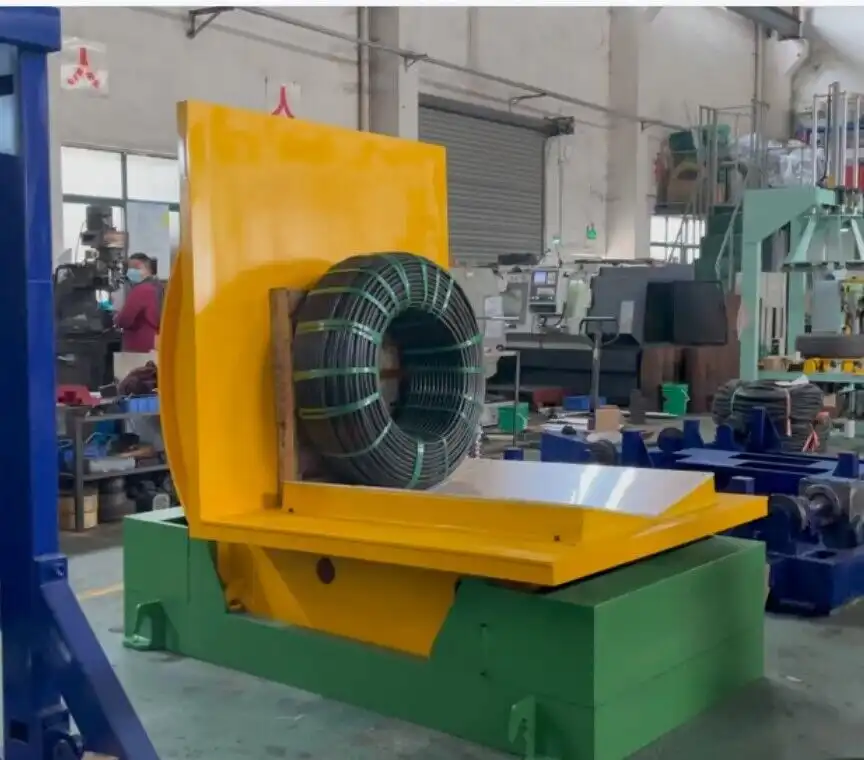
Breaking Down the Labor Costs in Traditional Coil Handling
To understand the financial burden of traditional coil handling, we need to consider several factors. These include the number of workers, the physical strain involved, and the costs associated with potential injuries from manual handling.
| Factor | Impact on Labor Costs | Statistics |
|---|---|---|
| Number of Workers | More workers needed for manual handling increases costs | On average, 3-5 workers are required per shift for coil handling |
| Physical Strain | Increased risk of injury results in higher expenses | Over 50% of industrial injuries are linked to manual handling |
| Injury-Related Costs | Costs related to treatment and compensation are high | Injuries can lead to an average of $30,000 in additional costs |
From my decades of experience in the manufacturing sector, I’ve seen how labor costs can quickly escalate when handling heavy coils manually. Physical strain leads to frequent worker fatigue and increases the likelihood of accidents. Consequently, companies often allocate substantial funds to cover medical treatments and compensate injured employees. With a higher number of workforce required to manage coils, businesses are also faced with increased payroll expenses.
This escalation is not sustainable, especially when tight margins are at play. The repetitive nature of manual coil handling tasks also contributes to worker turnover. Retaining skilled labor becomes a challenge, ultimately affecting operational efficiency and productivity. Transitioning to an automated or semi-automated approach offers a compelling solution, as it significantly cuts down on labor costs, enhances safety, and boosts overall efficiency.
3. How do steel coil upenders reduce labor costs?
Addressing labor costs involves more than just manpower; it requires rethinking the entire handling process. Steel coil upenders are innovative machines that automate the handling of heavy coils, offering a more efficient, cost-effective solution to traditional methods.
Steel coil upenders reduce labor costs by automating the handling process, minimizing the need for multiple workers, thus decreasing payroll expenses. This automation also mitigates the risk of injuries, further cutting costs associated with medical treatments and compensation, making operations smoother and more economical.
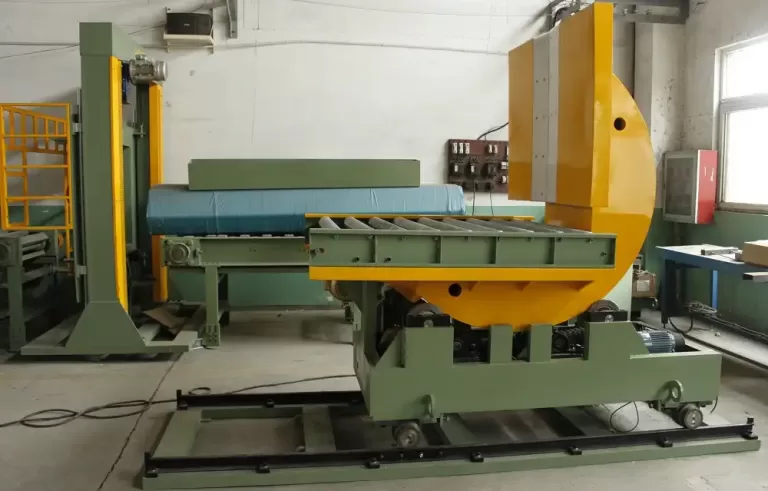
Exploring the Economic Impact of Steel Coil Upenders
The economic advantages of adopting steel coil upenders are multifaceted. Automation tackles labor costs directly by reducing workforce requirements and minimizing injury-related expenses.
| Economic Aspect | Impact on Labor Costs | Detailed Analysis |
|---|---|---|
| Workforce Reduction | Fewer workers needed, cutting payroll expenses | Upenders facilitate unloading with minimal human intervention |
| Safety Improvement | Reduced injuries decrease medical and compensation costs | Automation leads to safer handling, reducing workplace injuries |
| Efficiency Boost | Enhanced handling speeds up processes, reducing overtime | Coil upenders streamline tasks, increasing throughput by 30% |
Every time I implemented coil upenders in various facilities, I witnessed a marked improvement in operational costs. By automating coil handling, companies reduced their need for human resources significantly. Instead of requiring a team of workers, a single operator could manage coil positioning efficiently. This reduction in workforce not only cut payroll expenses but also freed up personnel for other essential tasks.
The improved safety brought by upenders also played a crucial role in diminishing costs associated with accidents and injuries. With safer operations, there were fewer instances of work-related injuries, leading to decreased insurance and compensation claims. Additionally, the efficiency of coil upenders allowed for a seamless workflow, effectively reducing overtime costs and preventing production bottlenecks.
Adopting steel coil upenders translates to fewer manual tasks, enhancing both productivity and profitability. Investing in such automation offers a strategic advantage, providing long-term savings that bolster the bottom line.
Conclusion
Steel coil upenders revolutionize manufacturing by reducing labor costs, boosting productivity, and minimizing manual handling risks. As I have observed, embracing this automation not only enhances operational safety but also prompts significant financial savings. Investing in upenders is a smart move towards achieving fully automated, efficient, and cost-effective production lines.
Steel coil upenders revolutionize manufacturing by reducing labor costs, boosting productivity, and minimizing manual handling risks.


